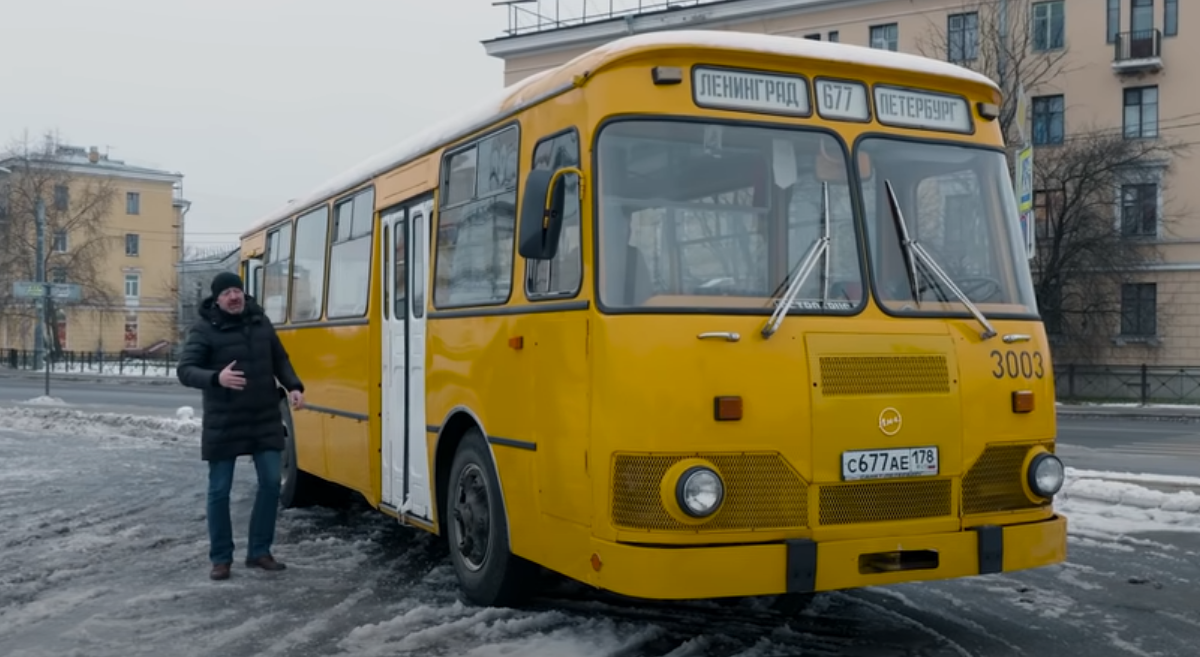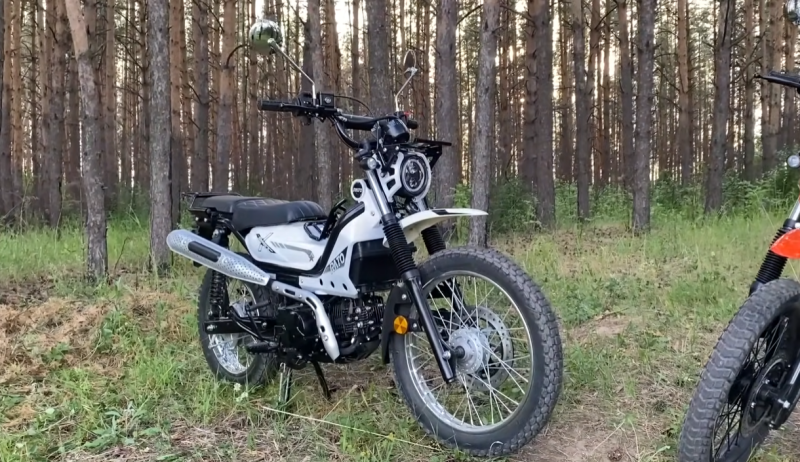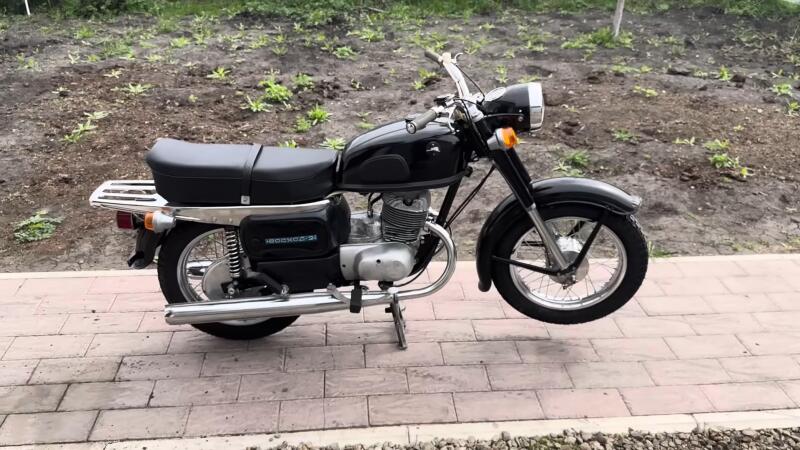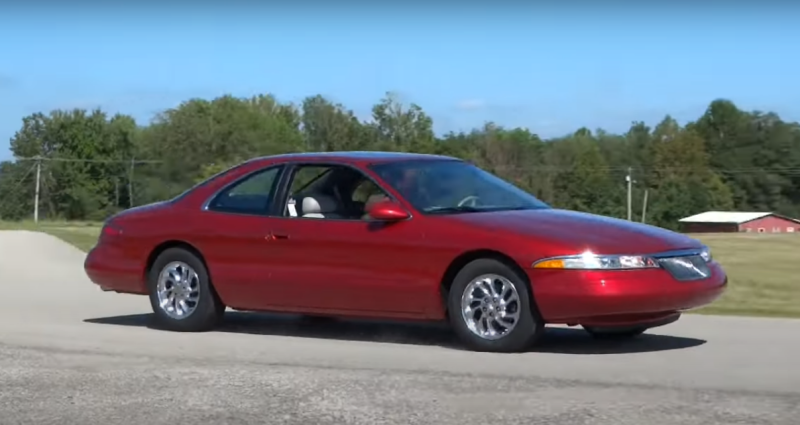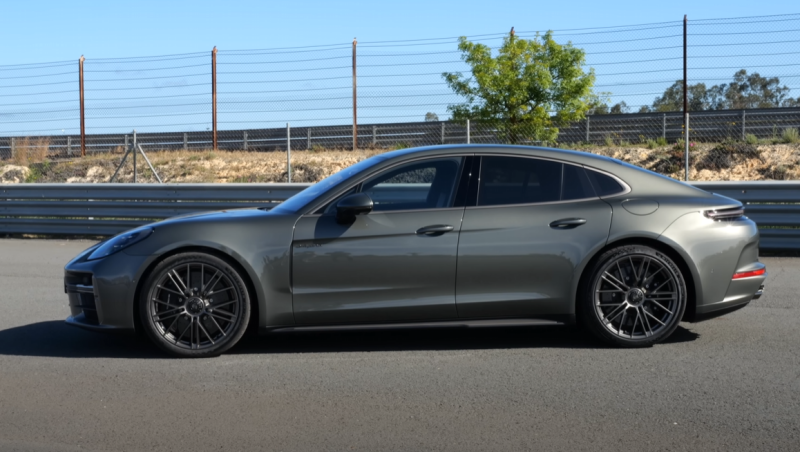Worthy of the Guinness Book
No one will guess that the LiAZ-677 can be considered a champion in its class. This bus was produced in more than 200 copies, leaving far behind the Hungarian competitor - Ikarus-000. Yes, just over 260 pieces of Ikarus of this model were assembled. Even fewer Mercedes buses of this class were produced - for example, the circulation of Mercedes-Benz O50 amounted to about 000 cars.
Please keep in mind that we are talking about all variants of the LiAZ-677, including the modified version with the letter "M" in the title.
 Salon familiar from childhood! Photo: Youtube.com
Salon familiar from childhood! Photo: Youtube.comThe only one who was able to overtake LiAZ-677 was the Soviet LAZ-695 in various modifications. Over 250 of them have been produced over the years. But since the car is smaller and belongs to the middle class, it cannot compete with LiAZ.
History of creation
It is believed that LiAZ-677 was developed from scratch. You can say so, but in fact, this model appeared due to the modernization of the outdated ZIL-158. Then the manufacturer did not succeed, they had to create a new version, but taking into account the prototypes.
The first serial LiAZ-677 rolled off the assembly line in 1967. The release was arranged at the Likinsky plant. Only in 1970 did the model succeed in replacing the outdated ZIL-158V.
The bus depots of the Soviet Union have been flooding the manufacturer with letters all these years, begging them to leave the old car on the assembly line. LiAZ-677 seemed too complicated, which in the future promised problems with repairs.
 The same platform at the back, where a lot of passengers fit. Photo: Youtube.com
The same platform at the back, where a lot of passengers fit. Photo: Youtube.comBut in the end, the new buses proved their effectiveness, and were produced for more than a dozen years.
In 1982, there was a modernization that changed the appearance. After that, the cars were named LiAZ-677M.
Why Cattle Truck?
Some may have heard the LiAZ-677 called "Cattle Truck". This nickname stuck to the bus in the first year of operation. The fact is that the machine was created in order to remove the load from the transport lines as much as possible. Therefore, there were few seats in LiAZ - only 25.
But as many as 80 passengers could ride while standing, for which the car received the nickname "Cattle Truck". The total number of seats has thus reached 110 – excellent capacity figures even today! It is also worth noting a spacious area for passengers at the rear, with a lower floor level.
Although driving a LiAZ-677 is inconvenient, all the same, the buses were jam-packed. In winter, it was pleasant to enter the interior of the car - the person immediately warmed up. And the point here is not even a large number of passengers, but the original heating system, which worked very efficiently.
 Driver's seat. Photo: Youtube.com
Driver's seat. Photo: Youtube.comBut in the summer heat, the LiAZ-677 salon turned into a bathhouse. Although the stove was blocked, the driver's cab was open, and the heat from the engine still went into the cabin.
Engine
The motor on the LiAZ-677 was also legendary. This is ZIL-375Ya7, also known as 509. The powerful V8 taken from URAL-375 was reliable and easy to repair. The other side of the coin was his equally legendary gluttony.
If the bus was in perfect order, the gasoline consumption was kept at the level of 50 to 55 liters of fuel per 100 km. If there were any problems with the motor, and this happened often, then the consumption reached 100 liters.
There were no problems with fuel in the USSR until the mid-1980s, but LiAZ-677 made it possible to “feed” with gasoline not only your personal car, but also a couple of neighbors, which resulted in a solid salary increase.
This became especially relevant in the era of perestroika and in the early 1990s. Drivers held on to their work to the last - it was a gold mine!
 The gluttonous engine never consumed less than 50 liters of gasoline. Photo: Youtube.com
The gluttonous engine never consumed less than 50 liters of gasoline. Photo: Youtube.comFrom time to time, the design engineers of the Likinsky Bus Plant tried to introduce a diesel engine into the LiAZ-677.
At various times, heavy fuel engines were used:
? YaMZ-233
? RABA
? Skoda-LIAZ
All of these versions were experimental, even pre-production modifications were not released.
The only LiAZ-677s with diesel engines were custom-made at the Tosnensky Bus Plant in the 1990s, but there we are talking about used cars with worn-out gasoline engines.
Automatic transmission
It is unlikely that the passengers of LiAZ-677 guessed that the bus was equipped with an automatic transmission from the very beginning of production. The unit was developed at the Lviv plant for its models, but then abandoned.
But for the LiAZ-677, this box turned out to be by the way, apparently, they decided to make the car smooth and comfortable so that all 80 standing passengers would not fly around the cabin, probably.
 One of the few surviving copies. Photo: Youtube.com
One of the few surviving copies. Photo: Youtube.comThe automatic transmission was two-speed, which guaranteed to provide a huge gas mileage for the already economical engine from the Ural-375.
By the way, in the 90s, auto repair enterprises got rid of broken automatic transmissions, putting manual transmissions from trucks in their place. With the mechanics of LiAZ-677, it became faster, and gasoline consumption decreased slightly.
By the way, this characteristic gurgling, similar to the ringing of empty bottles, is associated with an automatic transmission. This is due to the wear of the bearings of the intermediate cross of the cardan and the output at the gearbox. This ringing began only as the transmission wore out, but it did not affect the ride, so they often drove like that.
Suspension
In addition to an automatic transmission unusual for Soviet buses, the LiAZ-677 had another innovation - a pneumatic spring suspension. Together with the automatic transmission, this gave a high level of comfort.
There were two air bellows in front, four in the back. In addition, springs and shock absorbers were used in the suspension. Failed pneumatic cylinders were often not changed, so the buses sometimes “goat” on bumps so that passengers from behind hit their heads on the ceiling.
Long model life
In 1994, the production of LiAZ-677 at the Likinsky plant was officially discontinued. The manufacturer began to develop a new model under the index 5256. But a more modern bus turned out to be expensive and difficult to manufacture. The economic situation for all enterprises of the former Soviet Union was critical, so the Likinsky plant was never modernized.
 Seeing such a bus on the street, you immediately return to childhood. Photo: Youtube.com
Seeing such a bus on the street, you immediately return to childhood. Photo: Youtube.comThe new bus was expensive, it was poorly bought. But for the cheap LiAZ-677, demand has remained, albeit small. The old conveyor for the production of LiAZ-677 was transferred to Orekhovo-Zuyevo to the Remtekhmash plant.
This enterprise did not have the right to make buses, so all the equipment produced was registered as a restored old one according to the documents. Many have upgraded their fleets this way. They bought new bodies and engines with gearboxes from Remtekhmash, and then they registered the cars as having undergone a major overhaul.
The end of production of LiAZ-677 officially occurred in 2004, although new bodies after that were sold for at least another year. At this time, buses began to be gradually written off, starting from large cities.
For the longest time in Russia, LiAZ-677 officially worked in Krasnokamensk, Amursk, Arzamas and Zelenogorsk - until 2020. It is possible that these machines are still finishing their lives in some small towns.
 In the center of the ticket office-piggy bank. Photo: Youtube.com
In the center of the ticket office-piggy bank. Photo: Youtube.comLiAZ-677 for many will remain a real legend and a memory from a happy and carefree childhood, inaccessible to the modern generation. And for those who had a chance to ride it home and to work, in a circle or in a section, this bus will remind you of times sometimes far from easy, but calm and happy!
